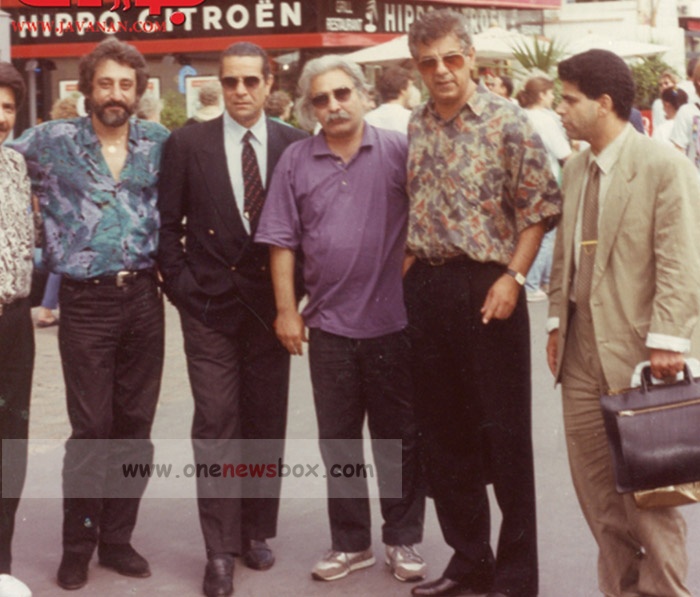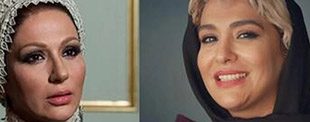The popularity of Los Angeles music in Homeland during this time cannot be overstated. For many young Iranians, it was their only connection to the outside world and a means of experiencing a culture that had been largely cut off by the revolution. The music also provided a sense of continuity, preserving the pre-revolutionary Persian cultural identity in the face of rapid change.
The 1990s: A Shift in the Cultural Landscape
The Reemergence of Pop Music
The early 1990s marked a significant shift in Iran’s cultural landscape. As the political climate gradually became more open, there was a revival of pop music within the country. Under the presidency of Seyed Mohammad Khatami, who advocated for greater cultural freedoms, the Iranian government began to relax some of its restrictions on music. This allowed for the emergence of a new generation of Iranian pop musicians who were able to produce and perform music legally, albeit under the supervision of the Ministry of Culture and Islamic Guidance.
This period saw a decline in the dominance of Los Angeles music, as domestic pop music began to gain popularity. Unlike Los Angeles music, which was often seen as disconnected from the realities of life in Iran, the new wave of Iranian pop music was more attuned to the social and cultural context of the country. The lyrics often dealt with contemporary issues and reflected the experiences of ordinary Iranians, making it more relatable to the domestic audience.

